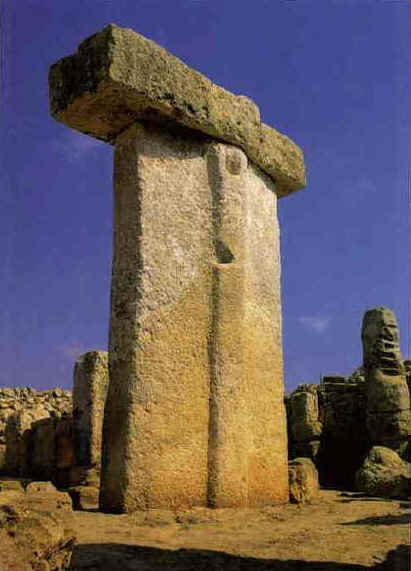 |
 |
 |

We took the bus from Ciudadela, shown on the map above, (spelled in Menorquin as Ciutadella), on the western side of Minorca across the island to the capital Mahon (Maó) on the east. More than half of Menorca's population lives in these cities.
|
The stately town hall underwent a late eighteenth-century refurbishment. The pedestrian-only shopping streets invite you to shop, eat, or simply sit and enjoy the sunshine.
|
 |

View of the quay and waterfront shops |
Like Ciudadela, Mahon was built high above its port, protected by thick stone walls. Unlike Ciudadela, Mahon is a popular stop for cruise liners. We watched the arduous process for a cruise ship to leave the dock against strong winds. Two tugboats, at bow and stern, were assisting. The cruise ship needed to use each of its engines and each of the bow thrusters in rhythm, to prevent itself from colliding into the dock. We watched for at least a half hour and the process wasn't finished, delighted that we had chosen not to be at sea that day. |
 |
Prehistoric remains in Menorca are plentiful and remarkably well-preserved. Talayots are rock mounds found all over the island and were probably some sort of monument. At left is a taula, a sculpture of huge stones that appears to have been a symbol of divinity. Theories abound as to the purpose of the taula and the other prehistoric structures on the island. The naveta below dates from well before 1000 BC and is claimed to be the oldest building in Europe. The naveta was used as a collective tomb in the talayotic culture.
|